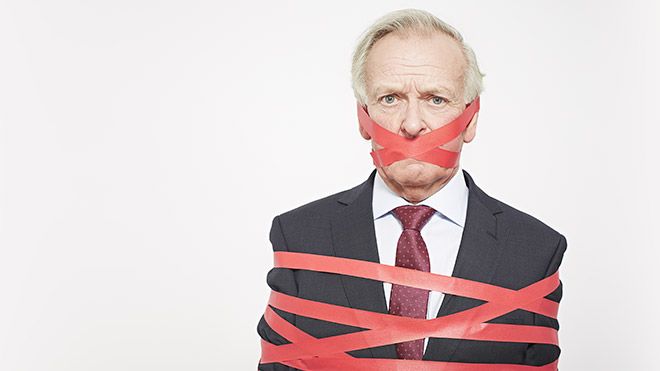Over-regulation is not the problem a post-Brexit Britain would face

The conclusion of the booklet suggests that money we could ‘save’ by cutting our paid holidays, rest breaks, limits on night work and equal pay should be recycled to employers by cutting their National Insurance payments by 2%!
The TUC is all for a better performing UK economy, but regulation has benefits as well as costs, and there are much better ways to promote competitiveness than taking away protections for workers, consumers and the environment.
The first assumption in the essay is that a sharp increase in EU regulation was a direct consequence of EU integration. This is a shoddy account of European history. While at the very beginning the then European Community sought to harmonise national product regulations, it soon concluded that it would be impractical to proceed on that basis. So it switched to the principle of mutual recognition, which deems national rules to be roughly equivalent. The objective was (and still is) to create a market where consumers in one country can feel confident that what they are purchasing from another country is safe. The idea that the EU adopts regulations to harm businesses is plain wrong.
Secondly, Congdon suggests that the EU has opted to kill the competitiveness of its own manufacturing industries by forcing its member states to pollute less and spend more on renewables. But competitiveness and a greener economy don’t have to be mutually exclusive. A proper industrial policy would mitigate the effects of more climate-friendly energy production.
This has been done in Germany, where an ultra-efficient plant design produces 40% fewer emissions compared to a conventional coal-fired station, all within the supposed constraint of EU regulation and without denting the country’s competitiveness. It is government policy choices and not EU regulation that are the main obstacles to a thriving and eco-friendly industry.
Tim also takes aim at the Working Time Directive and the Gender Equality Directives by blaming these for increasing costs to business and reducing employment. It has been amply demonstrated that there is no causal link between levels of regulation and employment creation. And of course there are also benefits to individuals and society at large for every cost to law abiding businesses. The questionable estimate that the UK loses 1% of GDP due to EU social legislation is more than compensated by the 10.3% of GDP that membership of the single market is worth to the UK economy.
The author also argues against financial regulation (citing the bankers’ bonus cap) and bans on harmful substances, as if either didn’t serve any purpose at all but to annoy the City and other businesses. Light touch regulation of financial markets helped cause the financial crisis in 2008 with disastrous effects on ordinary workers who have been facing stagnant or falling pay in Britain ever since.
Congdon’s over-riding argument is that EU regulation has reduced UK productivity, although it doesn’t seem to have had that effect on other countries in the EU which are more productive: the UK lags France by over 20% and Italy by 8%. And as argued elsewhere by TUC economists, low pay and austerity have more to do with low productivity than ‘red tape’.
The TUC campaigned to remain in the EU referendum but we have accepted the outcome of the vote. What we need now is to protect jobs, employment rights and livelihoods. The best way to do this is not by continuing to peddle myths about ‘too much regulation’, but by staying in the single market – according to the IFS that alone would be worth 4% more in GDP.
Stay Updated
Want to hear about our latest news and blogs?
Sign up now to get it straight to your inbox
